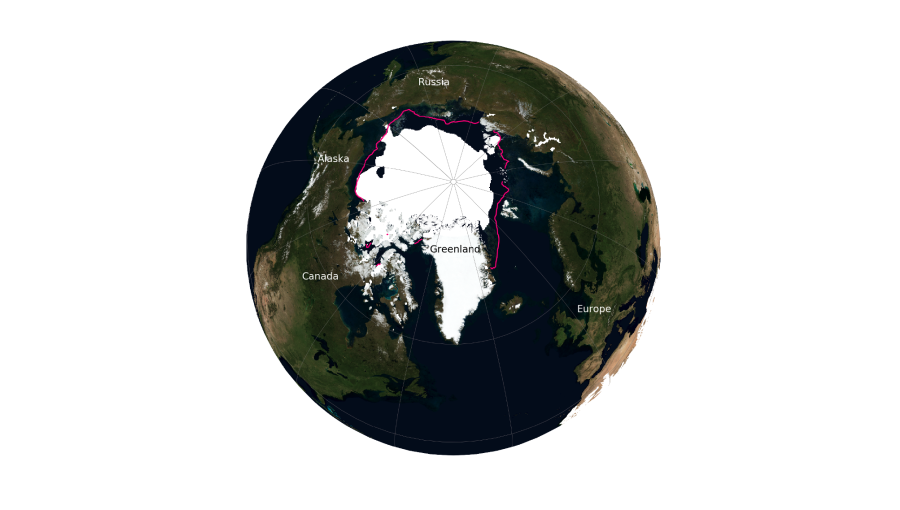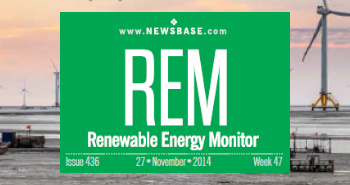Greenland’s ice sheet is melting, threating a sea-level rise of several metres, scientists say

Scientific studies from beneath Greenland’s vast ice sheet have revealed that the region may be far more vulnerable to melting than previously thought and that threatens a dramatic rise in sea levels around the globe, Scientific American reports.
A recent field expedition by the GreenDrill research team, backed by multiple universities and institutions, uncovered geological evidence suggesting that large parts of Greenland were ice-free during past periods of only moderate global warming.
Findings presented by Dr Caleb Walcott-George, assistant professor at the University of Kentucky, et al. show that a region in northwestern Greenland currently covered by over 500 metres of ice was probably ice-free around 7,000 years ago. That period, known as the Holocene Thermal Maximum, experienced average temperatures only slightly higher than today. “That’s within the range of warming we might experience by 2100,” Walcott-George said at a recent academic conference.
As recently reported by bne IntelliNews, the northern perma-frost is melting and with a temperature rise of only 3°C the Arctic summer ice could disappear completely. Currently, according to the United Nations’ Intergovernmental Panel on Climate Change (IPCC), in the best-case scenario, temperatures will rise by between 2.7C and 3.1C by 2050. The bne IntelliNews feature “Countdown to disaster” reported that those temperature increases could arrive sooner than expected and be higher than feared.

Using advanced surface exposure dating techniques, researchers measured Greenland’s isotopic concentrations – such as beryllium-10 and aluminium-26 – in subglacial rock cores to determine how long the rocks had been exposed to cosmic rays. These measurements offer a timeline of when and how frequently the surface was free of ice.
The Greenland Ice Sheet has already lost approximately 5.5 trillion tonnes of ice since 2002, contributing significantly to global sea level rise. Professor Joerg Schaefer of Columbia University’s Lamont-Doherty Earth Observatory and GreenDrill’s co-principal investigator said: “These datasets tell me this ice sheet is in so much trouble.”
The new data builds on earlier findings published in Nature in 2016 by Schaefer and Professor Jason Briner of the University at Buffalo, who analysed a rock sample stored since 1993 beneath the GISP2 ice core. Their research indicated that even the thickest parts of the Greenland ice sheet were ice-free during parts of the Pleistocene epoch, which began 2.6mn years ago and ended around 11,000 years ago.
More recently, a 2023 study led by Professor Paul Bierman of the University of Vermont found multiple lines of evidence that significant portions of northwestern Greenland were ice-free around 400,000 years ago, when atmospheric carbon dioxide levels were under 300 parts per million. Current levels are at 428 parts per million.
Professor Dorthe Dahl-Jensen, a Danish climatologist who has studied Greenland’s ice since the 1980s, noted that ice loss is accelerating both through coastal melting and the movement of ice streams. “Half of the extra loss is from melt along the coast of Greenland, but the other half is from acceleration of the ice in the streams,” she said.
Schaefer stressed that to reduce uncertainties in sea-level projections, scientists must refine ice-sheet models using this new geological data. “If you are a politician and you want to make New York City – or any city that is close to the ocean – sea-level safe, you need precise predictions of what is going to happen,” he said.
Bierman added that the consequences could be profound. “Think about the mass migration that will happen if we melt all of the Greenland ice sheet. That will be the biggest movement of humans ever.”


Follow us online